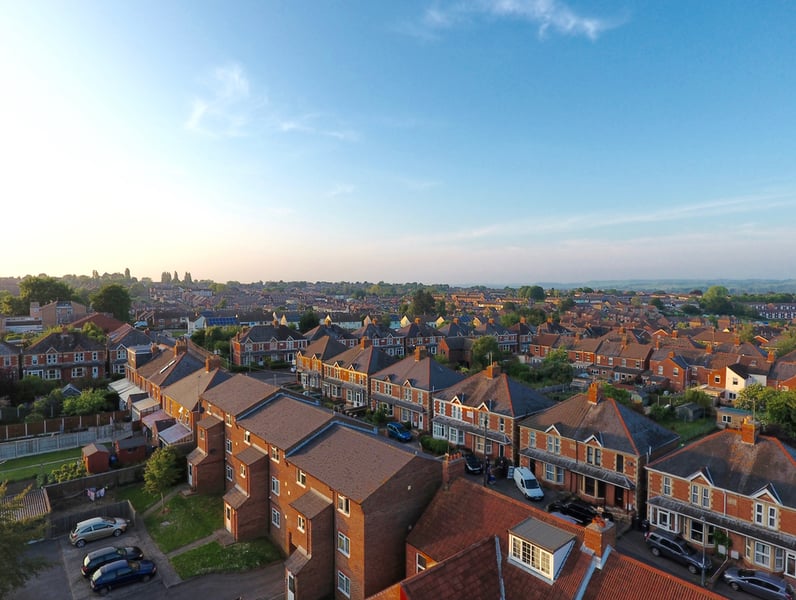Homeowners choosing a mortgage with one of the UK’s Big Six lenders could be paying almost £900 over the odds by opting for the lowest rate deal.

In almost every instance with the Big Six lenders (Lloyds Bank, Nationwide Building Society, RBS, Santander, Barclays and HSBC), the lowest rate deal is not the most favourable for borrowers, online mortgage broker Trussle has found.
Homeowners choosing a mortgage with one of the UK’s Big Six lenders could be paying almost £900 over the odds by opting for the lowest rate deal.
It looked at their lowest rate deals, often considered the most attractive by borrowers, and compares these to their best deals by true cost, accounting for all fees and charges.
Ishaan Malhi, chief executive and founder of online mortgage broker Trussle, said:“The focus should always be on true cost - the interest rate plus associated fees - when comparing mortgage deals.
“Too often, borrowers are lured into making a decision based on headline rate alone and end up paying hundreds of pounds more in unexpected charges than they would on other available deals.
“The Big Six have a huge amount of influence and at the moment, they are contributing to the already confusing process of securing a mortgage.
“Something needs to change to give borrowers more transparency. It’s time that lenders, brokers and comparison sites start displaying true cost alongside deals.
“By making this information clearly available to homeowners, the market would become far more explicit and would work better for everyone as a result.”
At Nationwide Building Society, the lowest 2-year fixed rate (1.54%) would cost a borrower £14,213 over 2 two-year introductory period, when all fees and incentives are considered.
However, the same homeowner could save up to £874 by choosing a deal from the same lender with a higher interest rate (1.94%) but lower fees.
Santander’s lowest 2-year fixed rate (1.44%) would cost £14,485 over the first two years, but a borrower could save up to £811 by choosing the bank’s higher rate deal of 1.89%, which comes with lower charges.
These calculations are based on someone getting a mortgage of £136,144, which equates to a 60% loan-to-value ratio on the UK’s average house price of £226,906.
The Big Six lenders serve two thirds (68%) of the market, and the difference in true cost between each bank’s lowest 2-year fixed rate deal and their best value deal averages at £430.
By choosing a 2-year fixed product based on headline rate, rather than true cost, their one million new mortgage customers each yearcould collectively be losing out on over £444m, up from the £405m first reported by Trussle in March.
The picture is much the same in the five-year fixed market, as a Nationwide customer who opts for the bank’s lowest rate deal of 2.09% would pay £693 more over the initial period than if they chose Nationwide’s 2.29% deal.
Likewise, an HSBC customer could save £234 by choosing the bank’s 2.09% product rather than its lowest 1.89% deal.
Fewer than one in three (30%) Brits understand all information presented by lenders when considering their mortgage deal, while one in 10 (9%) feel that deals hide important information. Not even half (44%) consider upfront costs when choosing their mortgage.



